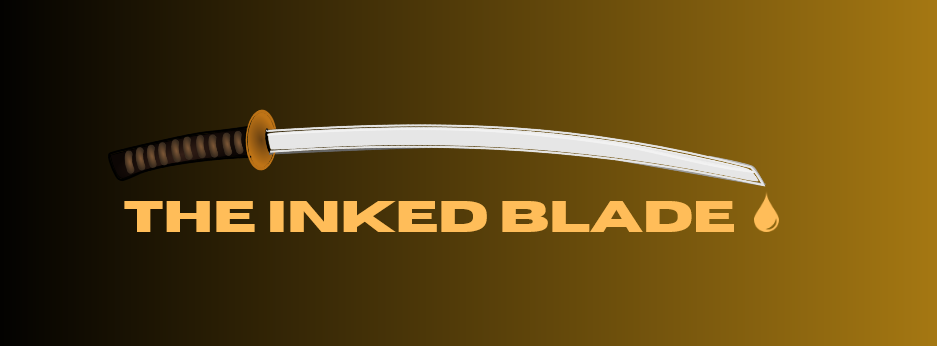When most people think about artists, what first comes to mind are painters, sculptors, film makers, musicians, or composers. Writers are usually an afterthought. “Yeah. I guess they’re artists, too.”
In a way it makes sense. Visual arts and music are immediate. Striking. The object itself engenders a reaction. If you look at a book, though, it might be the cover art that grabs your attention, but the text itself isn’t much to look at – until you start immersing yourself into it.
The beauty of writing is that it’s arguably even more of an act of co-creation than other art forms. A writer paints images onto the mind of the reader, and the reader gives those images the depth and meaning that are relevant for them.
Even the most detailed description will never bring up the same images, sounds, or feelings in the reader’s mind as in the writer’s. Or even another reader’s. That’s why reactions to books vary so widely. What’s glorious to me might be drab to you, and vice versa. What evokes a gritty realism in me might evoke disgust or ridicule in somebody else. And each of these (and many more) reactions is equally valid.
The level of detail is up to the author. Some of us tend towards lush and intricate description, while others only give a rough sketch of the setting and trust the reader to fill in the blanks. Both approaches can work, just as photorealism and expressionism can both work. Both have their proponents and their audiences.
Nobody will dispute that writing is a creative endeavor. After all, a writer creates something out of nothing, at least as far as the reader is concerned. For the writers themselves, it’s a bit more complicated. No one writes from a void. Our creations reflect our upbringing, our experiences, our interests and influences and affinities. Our hang-ups. Our deepest fears and most ardent wishes. All of it flows into the swamp of our subconscious, where it rests and ferments. Where it decomposes and recomposes. And if we let it, it’ll flow out again in a river of ink.

